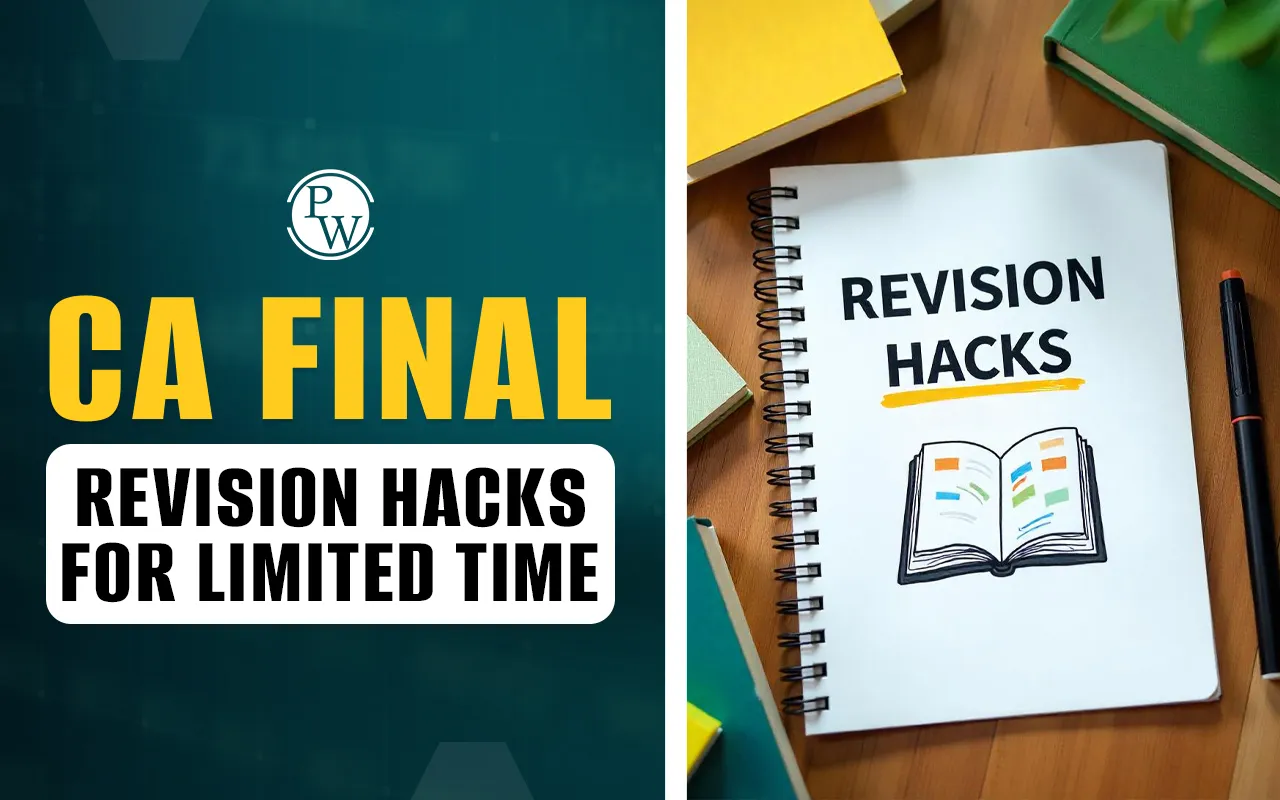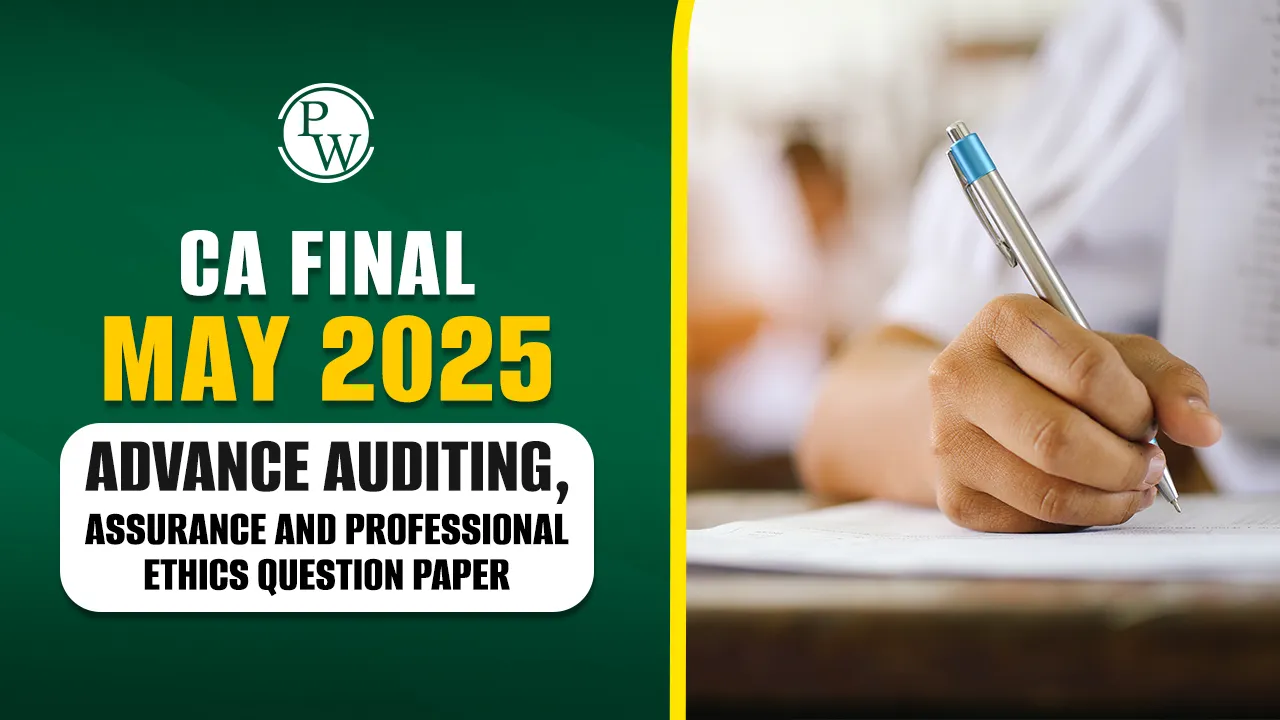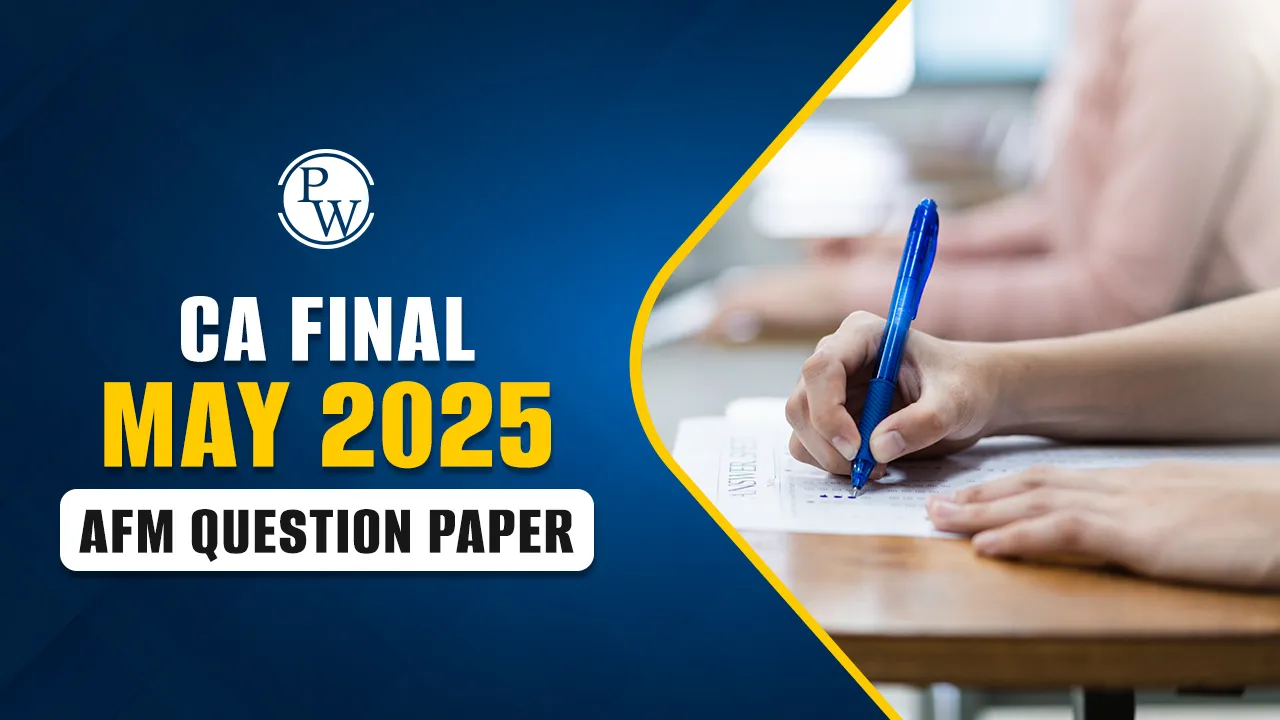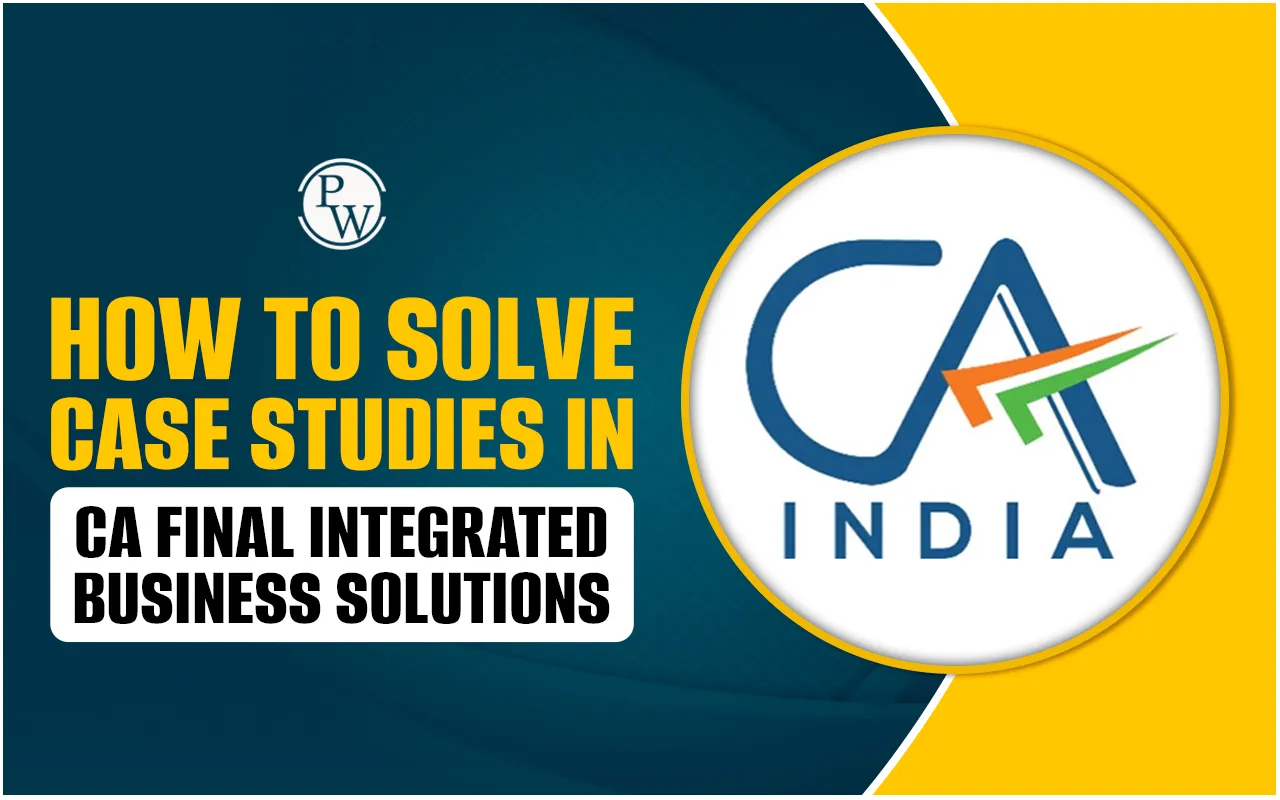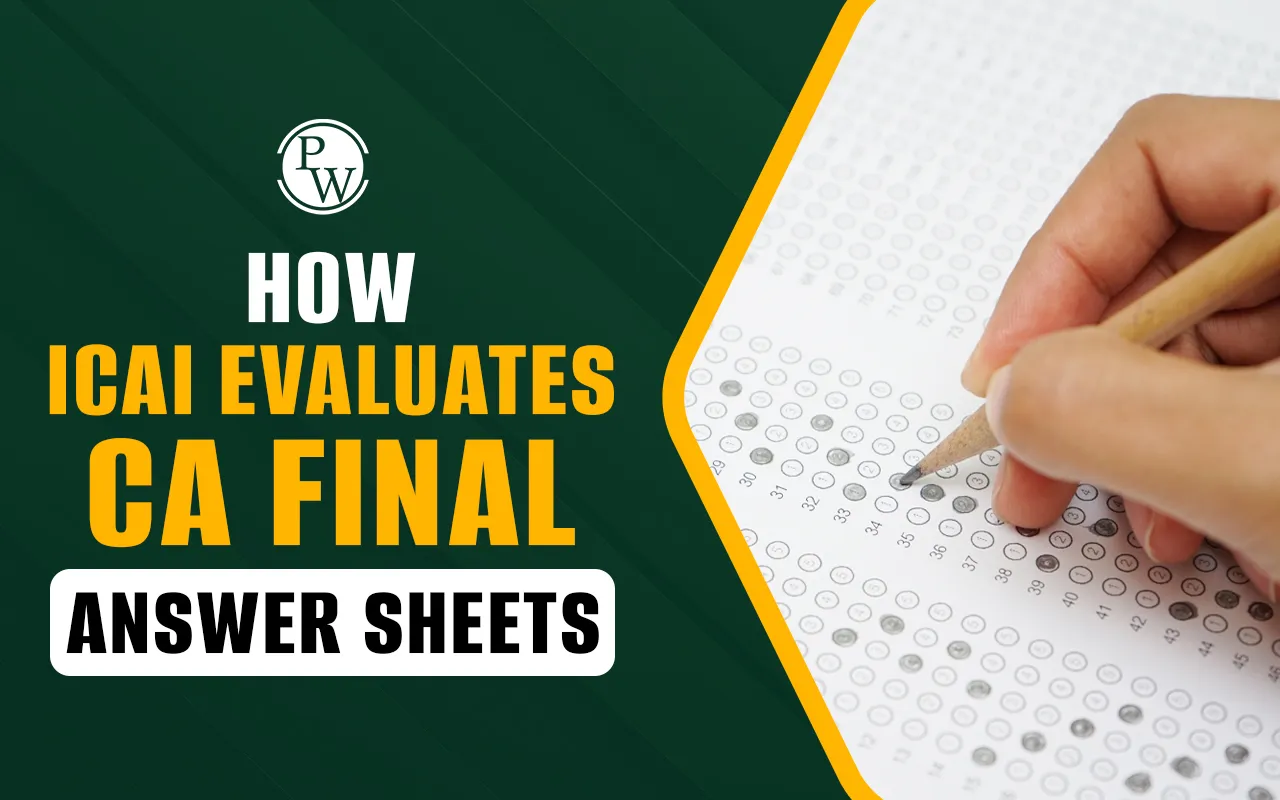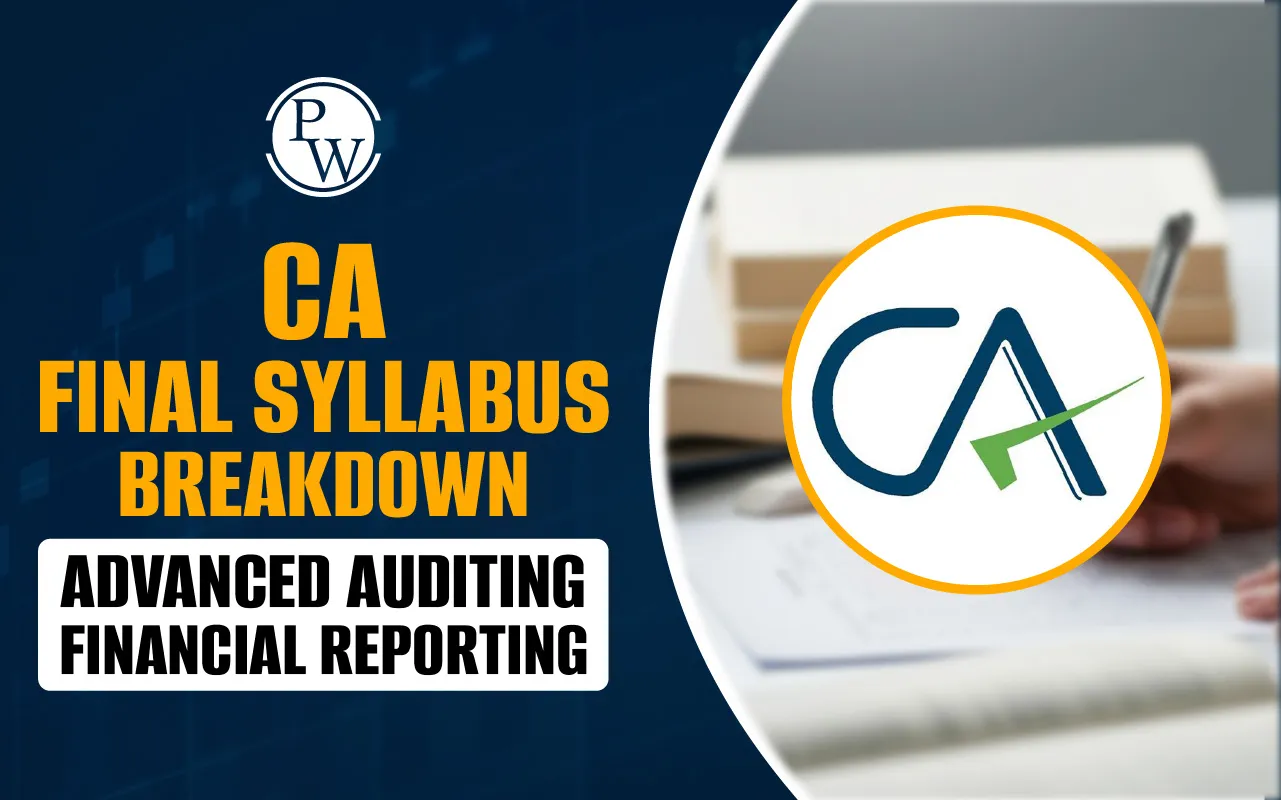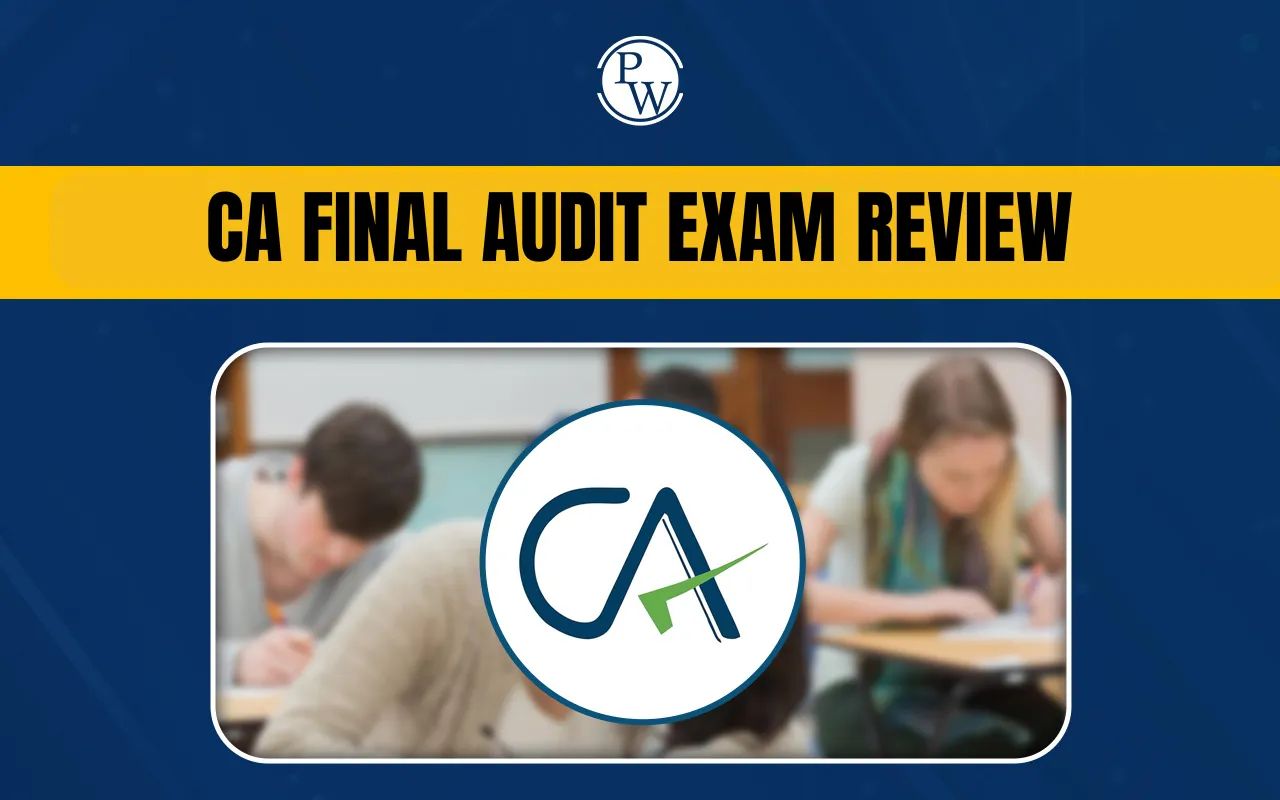
Forensic Audit CA Final is an important topic for students preparing for their Chartered Accountancy exams. It helps students understand how financial investigations are conducted to detect fraud or irregularities. Alongside, the concept of peer review is equally important as it ensures quality in the work done by auditors.
Below, we’ve explained the Forensic audit's meaning, its process, techniques, and how it connects with peer review. We will also cover common forensic audit questions that students may face during their CA Final preparation.
Forensic Audit CA Final Meaning
The Forensic Audit means a special type of audit conducted to collect evidence that can be used in legal cases. Unlike regular audits that check if financial statements are correct, forensic audits focus on finding fraud, theft, or mismanagement. In CA Final, understanding this difference is key to answering forensic audit questions effectively.
Forensic Audit CA Final students learn that this process involves a deep investigation into financial records, tracing unusual transactions, and gathering strong evidence.
Difference Between Financial Audit and Forensic Audit
Below, we’ve mentioned the difference between a financial audit and a forensic audit:
| Difference Between Financial Audit and Forensic Audit | ||
| Basis | Financial Audit | Forensic Audit |
| Purpose | Checks the truthfulness of accounts and ensures they follow accounting principles. | Identifies and investigates fraud, irregularities, or financial misconduct. |
| Techniques | Follows established auditing standards, sampling, and verification of records. | Uses specialised investigation techniques, tracing transactions, and analysing unusual patterns. |
| Timing | Conducted annually for a specific accounting period. | Conducted only when fraud is suspected or specific issues arise, with no fixed schedule. |
| Outcome | Gives an opinion on whether accounts are true and fair. | Provides detailed evidence for legal proceedings and identifies those responsible for fraud. |
Role of a Forensic Auditor
A Forensic Auditor plays a key role in investigating and presenting evidence. Forensic Audit CA Final students should know that a forensic auditor:
- Analyses and interprets complex financial data.
- Works with lawyers, police, banks, and government agencies.
- Detects fraud and prevents future risks.
- Provides expert testimony in court.
Forensic Accounting Process
Below, we’ve mentioned that the Forensic Audit CA Final syllabus covers the following steps:
-
Understanding the Objective: The first step in the forensic Accounting process is knowing why the audit is being done.
-
Planning: After finding the object, prepare steps to collect evidence.
-
Evidence Collection: Documents needed to be collected, like finding documents, transactions, and digital proof.
-
Analysis: It should be done by using methods like tracing assets, comparing trends, and spotting irregularities.
-
Reporting: Creating a clear report for legal use.
-
Court Presentation: Explain findings that are found in the forensic accounting process in front of a judge.
Forensic Audit Techniques
Below, we’ve mentioned that in the Forensic Audit CA Final, students must know three main techniques. Every technique plays a unique role in the investigation process:
-
Analytical: This involves a deep understanding of the business model, its operations, and financial systems. Auditors will study patterns in transactions, compare them with historical data, and identify inconsistencies that may indicate false activity. It also includes ratio analysis, trend analysis, and reviewing financial flows to spot unusual behaviour.
-
Technological: This step focuses on the use of advanced software, data analytics tools, and digital forensics. Auditors may extract data from accounting systems, apply filters to detect anomalies, and use automation to identify red flags more quickly. This can include scanning large datasets, identifying hidden links between transactions, and recovering deleted or altered files.
-
Investigative: This is the fact-finding stage where auditors follow the trail of suspicious transactions. It can include interviewing employees, reviewing supporting documents, tracing funds to final destinations, and connecting evidence to specific individuals or events. The goal here is to build a clear, evidence-backed case that can hold up in legal proceedings.
What is Peer Review?
Along with forensic audits, CA Final also covers the concept of peer review. Peer review is a process in which the work of one auditor is independently examined by another experienced and qualified auditor. Forensic Audit CA Final students should clearly understand that peer review is not just a formality, it plays an important role in improving confidence in audit reports, reinforcing transparency, and strengthening trust among stakeholders. This process helps ensure multiple aspects:
- The audit work complies with all applicable professional standards and guidelines.
- The overall quality, accuracy, and presentation of the audit report are maintained at a high level.
- Errors, omissions, or procedural gaps are detected and corrected before the report is finalised.
- The credibility of the audit findings is enhanced, as the review adds an extra layer of assurance.
- Professional ethics and due care are upheld throughout the process.
Connection Between Forensic Audit and Peer Review
While a forensic audit focuses on detecting fraud, a peer review makes sure that the auditor’s investigation meets quality and legal standards. In some cases, peer review may be applied to forensic audits to confirm that the process that was followed was correct and evidence was properly documented.
Common Forensic Audit Questions in CA Final
Below, we’ve mentioned some questions for students who are preparing for the Forensic Audit CA Final should expect to be like:
- Explain the Forensic audit's meaning and its differences from a regular audit.
- Describe the role of a forensic auditor.
- List the steps in the forensic audit process.
- Explain the importance of peer review in audits.
Forensic Audit CA Final is a critical area that teaches students how to handle fraud investigations and present findings in court. Understanding Forensic Audit meaning, learning the process, and practising forensic audit questions will help students prepare effectively. At the same time, knowing about peer review makes sure that students understand the importance of maintaining quality in audit work. Together, these topics build a strong foundation for a professional career in auditing and investigation.
Forensic Audit CA Final FAQs
What is the Forensic Audit meaning in simple words?
Why is the Forensic Audit CA Final important for students?
How is a forensic audit different from a regular audit?
What role does Peer Review play in Forensic Audit CA Final?
What are the common forensic audit questions asked in CA Final exams?


